U.S. produces the most futuristic energy, the same that all countries are looking for: 900 MW with this massive natural monument.
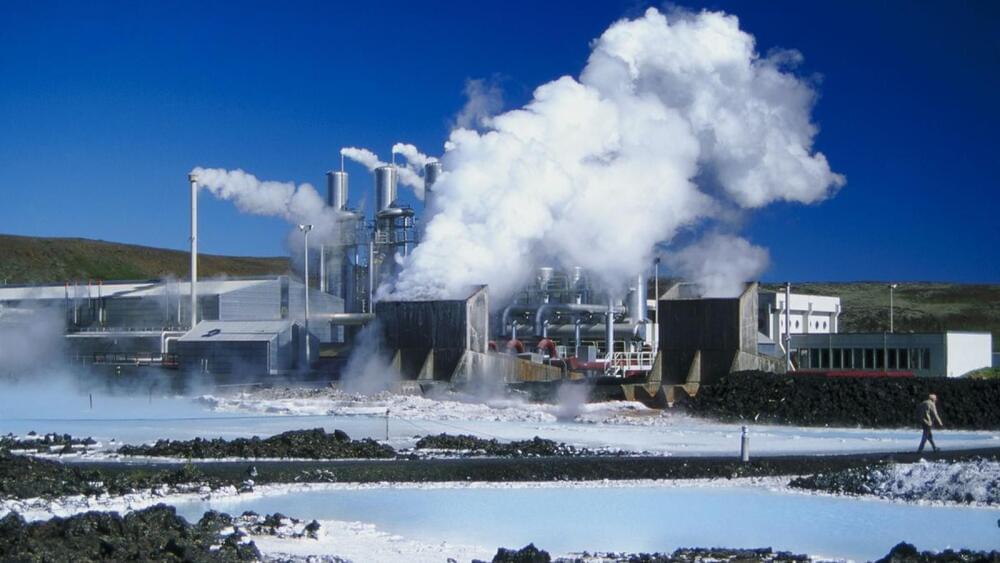

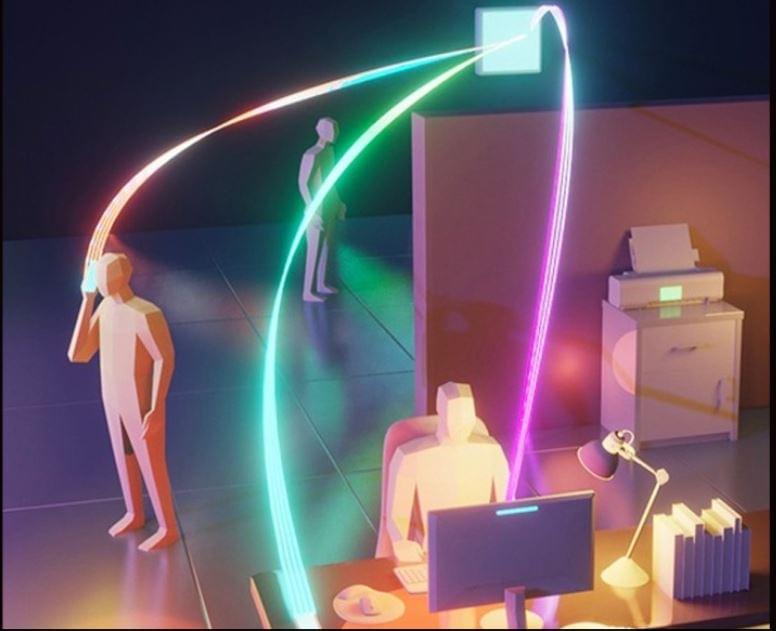
A study that could help revolutionize wireless communication introduces a novel method to curve terahertz signals around an obstacle.
While cellular networks and Wi-Fi systems are more advanced than ever, they are also quickly reaching their bandwidth limits. Scientists know that in the near future they’ll need to transition to much higher communication frequencies than what current systems rely on, but before that can happen there are a number of — quite literal — obstacles standing in the way.
Researchers from Brown University and Rice University say they’ve advanced one step closer to getting around these solid obstacles, like walls, furniture and even people — and they do it by curving light.
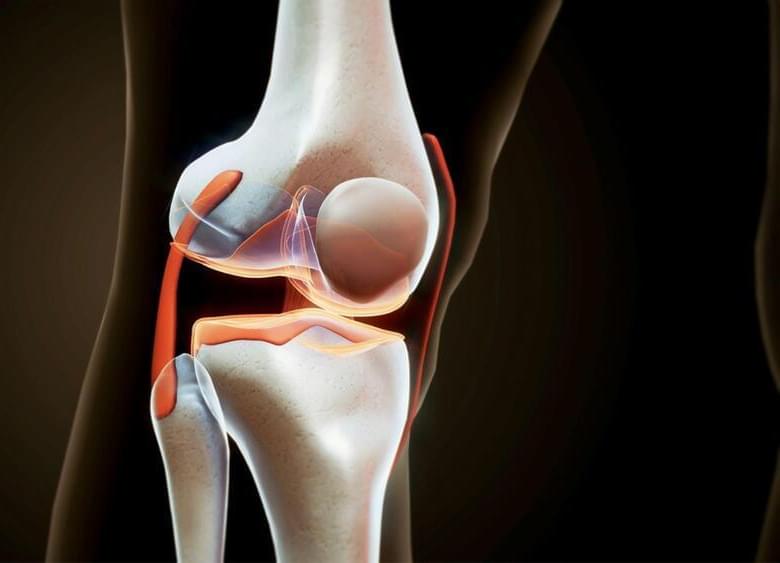
The world’s first artificial energy island is being built off the coast of Belgium and will serve as future interconnector between countries as well.

In a new study, a Yale Pathology team has identified a possible therapeutic target for treating obesity-induced liver cancer.
Researchers say inhibiting a molecule called fatty acid binding protein 5 (FABP5) could block tumor progression in many cases:
Inhibiting a certain protein in mice reduced obesity-induced liver tumor development, Yale researchers found. It could reveal a future treatment route.
This is the introduction of the Book Review of The Art of Being Posthuman (Polity 2024) by Dr. Francesca Ferrando. Info: The Art of Being Posthuman — Polity w…
In our latest video, “Has The Future Already Happened? Is the Universe Predetermined?” we embark on a cosmic journey that challenges the very fabric of our u…
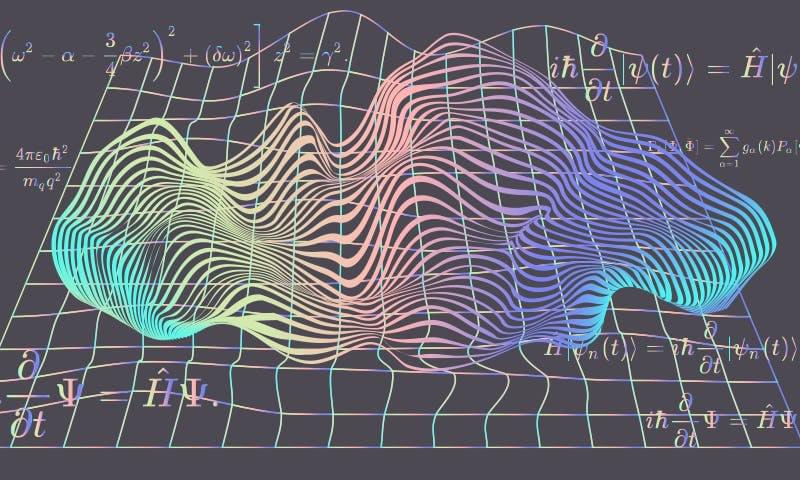
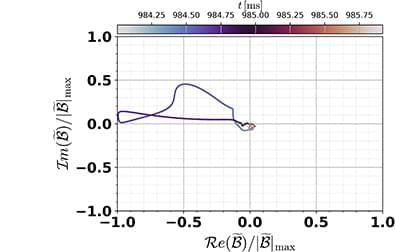
In this study, we leverage wavelet-based bispectral analysis of magnetic fluctuation data to identify likely candidates for nonlinear three-wave coupling, which are subsequently investigated with bandpass filtering. The participating waves, two TAEs and a low-frequency magnetohydrodynamic (MHD) mode, are seen to satisfy coupling conditions in both frequency and toroidal wavenumber, consistent with nonlinear generation. We conclude that the detection of quadratic nonlinearities on sub-millisecond time scales is possible with this technique.
The paper is organized as follows: Sec. II provides an overview of the relevant theory of TAE, while Sec. III contextualizes the experiment and describes its data. Section IV provides a primer on bicoherence analysis, in addition to simple examples of its implementation. Section V applies time-resolved bispectral analysis to the experimental data, focusing on the detection of quadratic nonlinearities. Section VI summarizes our work and considers the next steps of the analysis.
